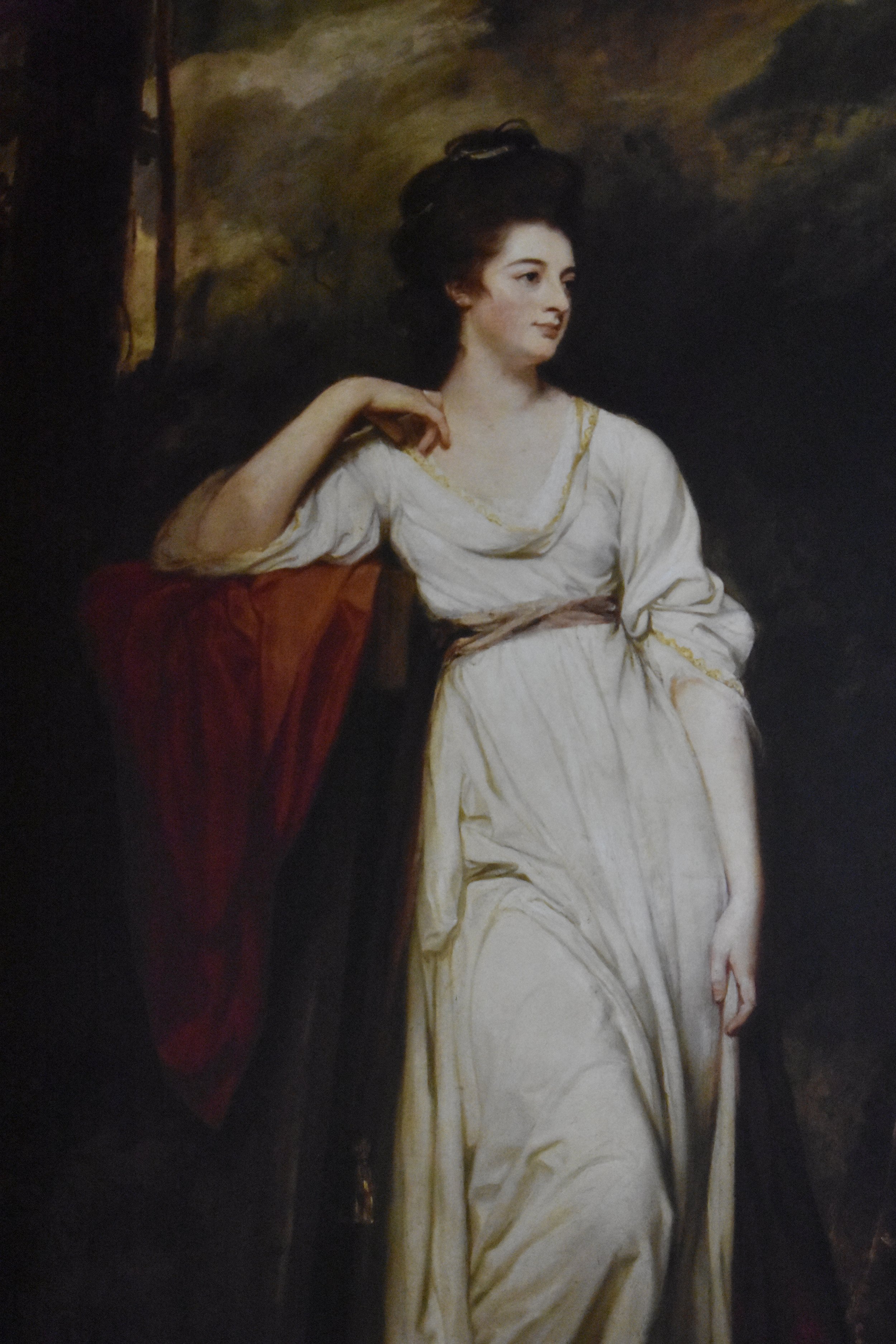PhD
The Kenya Emergency (1952-60) thrust the ‘savagery’ of the Mau Mau fighters to the forefront of public discourse. As part of its anti-Mau Mau propaganda campaign, the Kenya Administration supplied global media outlets with graphic images of Mau Mau atrocities and cultivated sensationalist reportage which largely supported Britain’s counter-insurgency methods.
However, as allegations of trigger-happy colonial officials surfaced, a growing body of critics emerged. Contrasting interpretations of Kenya’s Emergency then created a paradox of knowledge in Britain, as Labour MPs, anti-colonial activists and political pressure groups mobilised to challenge the government-mandated narrative of the Mau Mau rebellion.
By studying how heavily these groups contested the narrative, my research explores the widening ideological schisms in British society over empire. By analysing how Mau Mau was depicted in public discourse, especially through images of violence, my research analyses racial politics within the British Empire in the 1950s and beyond.
Despite the activism of the anti-colonial Left, British popular memory of the Kenya Emergency remained plagued by notions of Mau Mau violence after 1960. Public histories produced after Kenyan Independence in 1963 continued to project the Emergency as a savage tribal conflict. However, in the 1990s, film documentaries began to break through the narrative as allegations of British misconduct surfaced. In the wake of the Mutua & Others vs the FCO (2012) litigation, the international press began to criticise the British Government for its colonial brutality. Despite this, recent YouGov polls have indicated that some British citizens still perceive the British Empire as something to be proud of, and Kenya features strongly in the perception of that empire.
This project will examine how public discourse has shaped the historical memory of Britain’s counter-insurgency war in Kenya, from the 1950s to the present. Engaging with wider discussions on memory and empire, propaganda in the imperial context, and the use of visual images in justifying colonial violence, this study will chart how interpretations of the Mau Mau war were transformed over time, asking why and how such changes in perception occurred. The project will do this by examining a range of sources, with a strong focus on visual imagery.
“In the conditions of Kenya today, organised passive resistance would lead immediately to violence and those who advocate it are therefore advocating violence at first remove.”
“Violence can only be met by counter violence.”
Governor Evelyn Baring, 20/6/1953. TNA: CO 1027/32.
The National Trust - Kingston Lacy
In the summer of 2023, I worked in collaboration with the National Trust at its Kingston Lacy property in Dorset to investigate the houses’ colonial connections. The project concerned Frances Woodley - the wife of Henry Bankes the Younger, the owner of the house in the 1700s. Born from the restoration of Frances’ portrait painted by George Romney, this research project investigated how the renovations to Kingston Lacy - which took place in the 1780s - were financed.
The colonial connections of the Woodley family are strong, as Frances’ father, William Woodley (1728-1793) was Governor of the Leeward Isles and owned sugar plantations in St Kitts. Similarly, Frances’ brother, William Woodley (1762-1810) would go on to become Lt. Governor of Berbice and President of St Kitts respectively, while inheriting his father’s Caribbean estates. In turn, it is believed that Frances’ marriage dowry financed the 1785 renovations to Kingston Lacy.
While I was unable to find concrete evidence that France’s dowry paid for material changes made to the Kingston Lacy property, an analysis of archival files strongly suggests that this was the case. There is no record of the dowry’s utilisation for any purpose in Henry Bankes’ personal accounts.
However, archival documents indicate that renovations to the house were ramped up after Henry and Frances’ marriage. My research highlighted therefore that the money spent on renovations to Kingston Lacy, which is labelled as “new work” in household accounts and receipts, increased dramatically in the first few years of Henry and Frances’ marriage.
Consulting archival collections across the South West and London, the project aims to ascertain the Woodley family’s relationship with the British empire in an effort to highlight the material connections between the Kingston Lacy property, the transatlantic slave trade and British imperialism more widely.
While it is disappointing to be unable to unquestionably say whether the dowry financed the renovations, further study of the Woodley family has unveiled new insights into their colonial connections.
Further details of the project can be found here.







